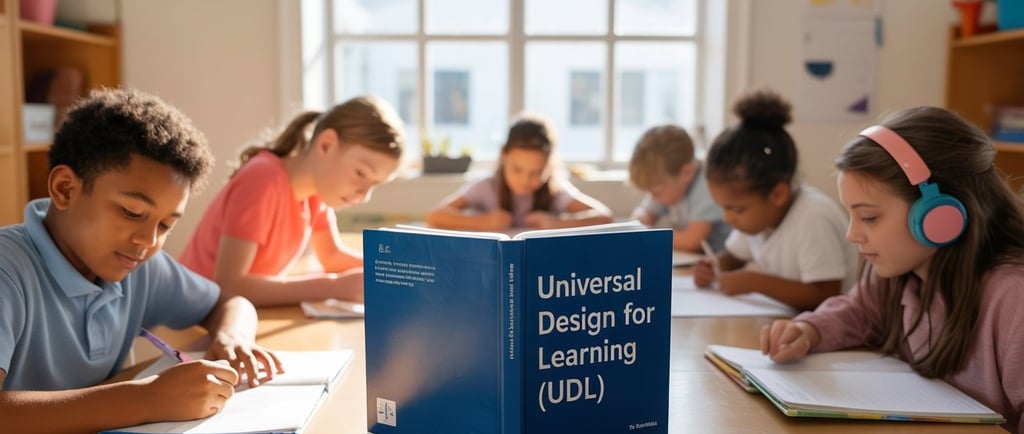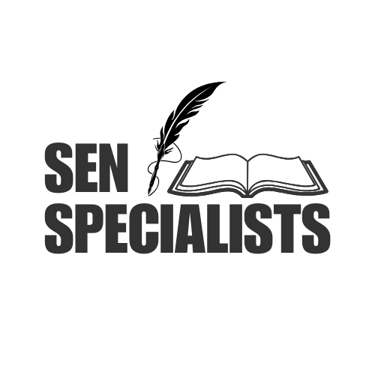SEN Specialists : Special Needs Tutors | GCSE - IGCSE Tuition |
Using Universal Design for Learning (UDL) in the Classroom
Universal Design for Learning (UDL) is a flexible educational framework that is effective in helping teachers tailor and design lessons that attend to the unique learning needs of every student. Each learner has their own unique needs, and UDL accommodates these needs by providing various approaches that enable students engage, understand and express their ideas (Levey, 2023). Through this framework, students have equal access to education and opportunities for excellence.
James


Using Universal Design for Learning (UDL) in the Classroom
Universal Design for Learning (UDL) is a flexible educational framework that is effective in helping teachers tailor and design lessons that attend to the unique learning needs of every student. Each learner has their own unique needs, and UDL accommodates these needs by providing various approaches that enable students engage, understand and express their ideas (Levey, 2023). Through this framework, students have equal access to education and opportunities for excellence.
The Three Core Principles of UDL
The main principles of UDL are multiple means of engagement, representation and action and expression. All of the principles have been created to address different areas of learning to ensure inclusivity and accessibility in the classroom.
Multiple Means of Engagement entails finding different methods to motivate and maintain students’ enthusiasm. Since learners vary in their interests and challenges, providing a range of activities, topics and participation methods helps them feel responsible for their learning (Bray et al. 2024). For example, there are students who prefer studying individually, while others are more active in study groups (Bray et al. 2024). Therefore, there is need to ensure that applications in the classroom attend to each need of the student, to boost their motivation and tolerance.
Multiple Means of Representation entails explaining concepts using several types of media. Some individuals learn best by visual means, some by listening to audio recordings and some by trying out experiences directly (Bray et al. 2024). Through the use of various media such as written material, audio and interactive methods, every student finds it easier to understand and connect with the information (Bray et al. 2024). For instance, one way to teach science is by incorporating books, demonstrations and videos.
Multiple Means of Action and Expression help students succeed in their studies. Since not every student is good at written exams, alternative assignments like oral presentations, creative tasks or using multimedia allow all students to use their abilities (Bray et al. 2024). This boosts confidence and creativity in students.
Advantages of Using UDL
UDL practices support every learner, especially those facing difficulties or have special learning needs, by fostering a culture of equity and respect. It encourages students to be more active, involved and creative (Levey, 2023). This also gives teachers more ways to plan lessons and evaluate students which assists them in meeting the needs of a variety of students.
Conclusion
Universal Design for Learning is an essential approach for modern educators. Using this framework, teachers can establish an inclusive environment in the classroom by tailoring lessons to meet the unique needs of every student. The use of UDL in teaching ensures that every learner has an equal chance to succeed academically and in their personal lives.
References
Bray, A., Devitt, A., Banks, J., Sanchez Fuentes, S., Sandoval, M., Riviou, K., ... & Terrenzio, S. (2024). What next for Universal Design for Learning? A systematic literature review of technology in UDL implementations at second level. British Journal of Educational Technology, 55(1), 113-138.
Levey, S. (2023). Universal design for learning. Journal of Education, 203(2), 479-487
About
Tailored educational support for unique learning needs in Singapore, UK, Malaysia, Philippines, Indonesia, Thailand, Laos, Cambodia & China.
EDUCATION FOR HEALTH UK (EFH) 2025. Copyright . All rights reserved.
Pages
Support Pages
What Next After GCSE and A Level or IB ?
